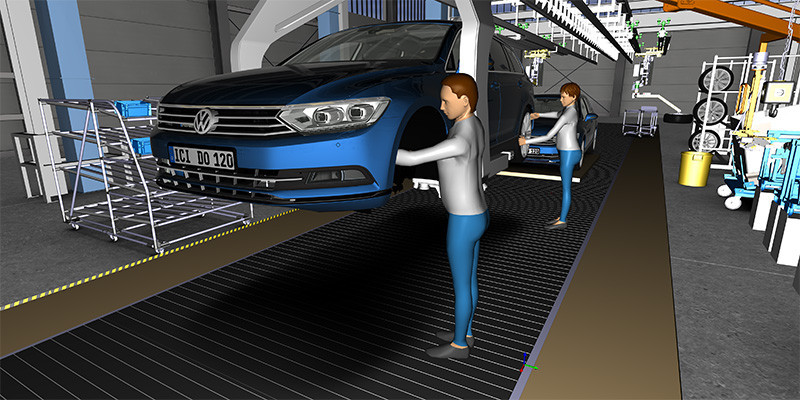Human Modeling and Simulation in Automotive Engineering
Germany, Wiesbaden
Event Description
The application of numerical simulation incorporating digital human models offers exciting opportunities in automotive development. Applying human models in comfort, ergonomics and safety allows to overcome limitations imposed by the use of real humans or their mechanical surrogates and thus enables further optimization of automotive designs.
Autonomous vehicles will bring significant comfort benefits to passengers. However, safety cannot be compromised for alternative seating positions. Human Modeling and Simulation is currently the only technology that will allow assessment of occupant protection for new car interior architectures with flexible seat arrangements.
In November 2020 the 8th International Symposium Human Modeling and Simulation in Automotive Engineering will be held. The symposium intends to continue and further advance the dialog between researchers, software developers and industrial users of human models. Presentations from renowned researchers, software manufacturers and industrial users on biomechanical research, digital human models and their application in automotive development will make up a most interesting conference.
ESI Presentation & Sponsoring
Presentation
ESI is supporting the event with a presentation.
We invite you to join our talk on Friday November 20th in the session "Comfort, Ergonomics, Workplaces"
Title: Human-Centric Assembly Cell & Line Validation
Speaker: André Rückert
Time: 11:30 am
The full program of the event can be viewed here.
Sponsoring
Furthermore ESI will be Bronze Sponsor of the event.
Abstract
Human-Centric Assembly Cell & Line Validation
Industry 4.0 and the Smart Factory promise a connected product life cycle that links data driven development of future products to the manufacturing and support enterprise.
As with the previous three industrial transformations, these changes to manufacturing and product technology have profound impact on customers and workers. Production is, by definition, a highly physical activity in which human workers, tooling, machines and various levels of automation works in coordination to perform processes with the aim of producing a product meeting its defined specifications. Further digitalization is in progress also for the production processes which creates new challenges for both human centric assembly line management and individual assembly operators. By providing an efficient platform and ‘virtual assembly line twin’ the collaboration between Manufacturing Engineering and Production Operations can be significantly improved providing an efficient platform for assembly validation, ramp-up, operator guidance and virtual try-outs of improvements and changes to the assembly line.
Virtual Reality
Releasing the production-intent product data, engineering, and optimizing production process plans for a new product creates complex engineering tasks, like the sourcing of production tooling, commissioning of facilities, and workforce planning-preparation for production launch. During prior product engineering tasks, the assumption is that production requirements and service requirements may trigger product design changes. Design for Manufacturing and Design for Service, activities initiated during those early engineering integration reviews, should yield benefits in terms of the overall capability of the product to be made and supported, however now is the time to put that assumption to the test.
